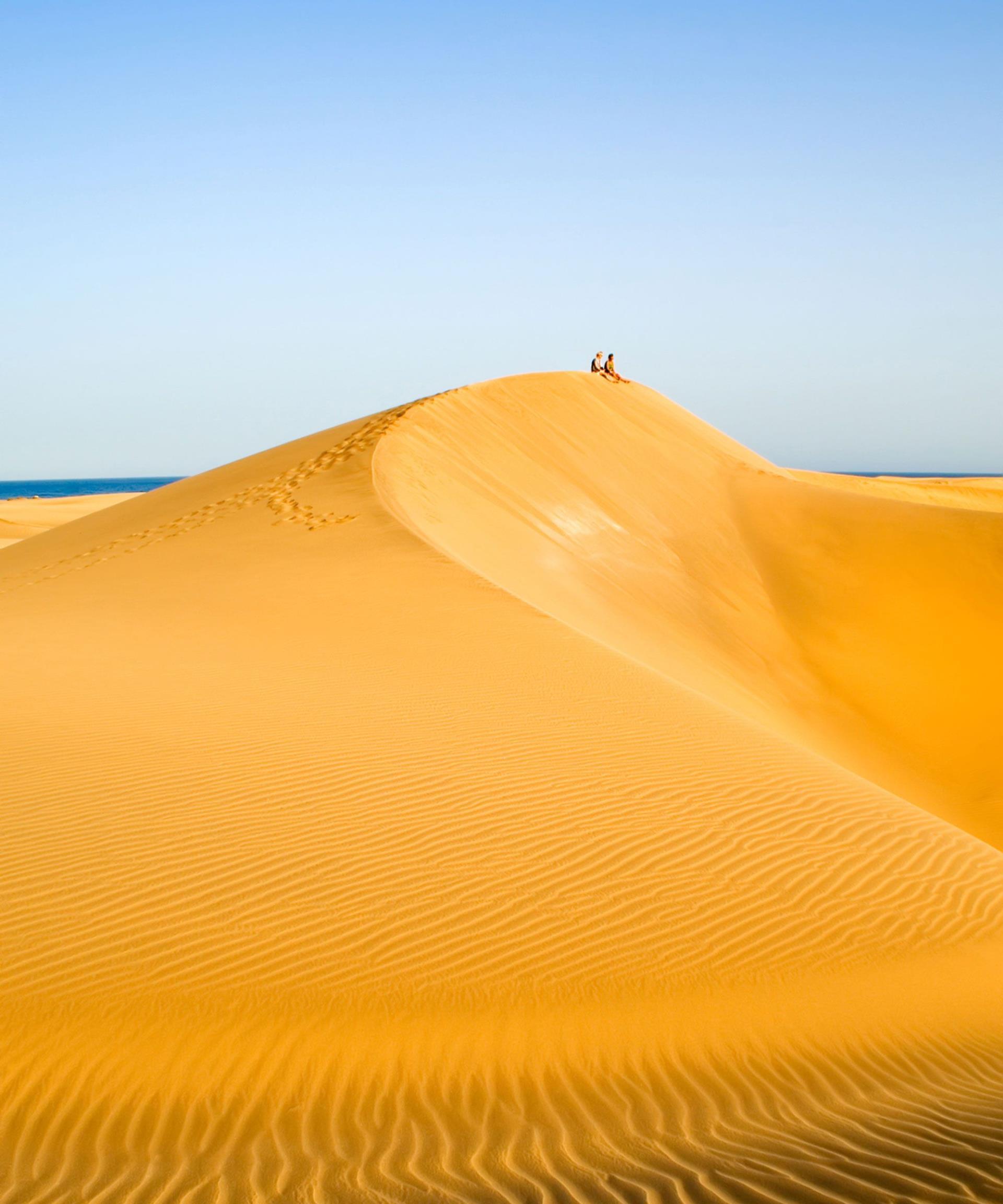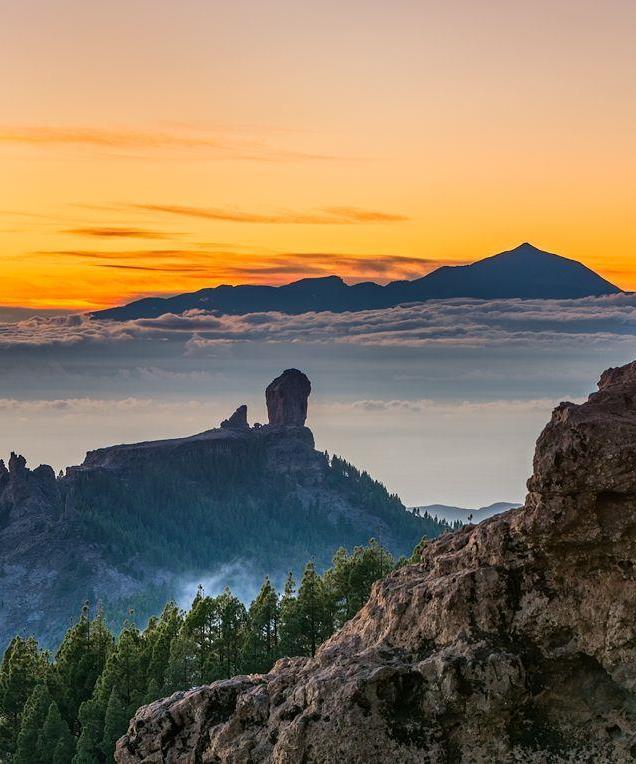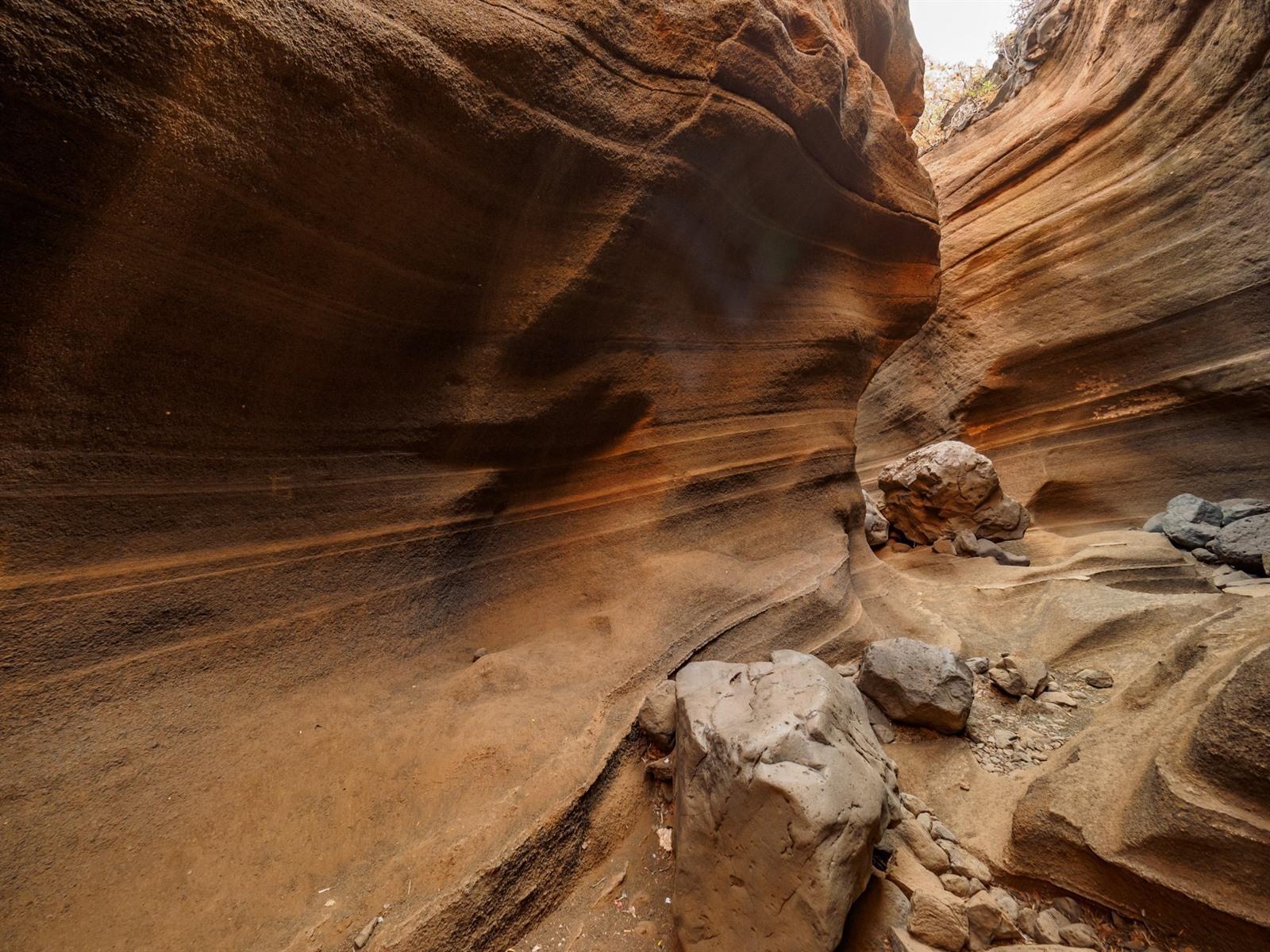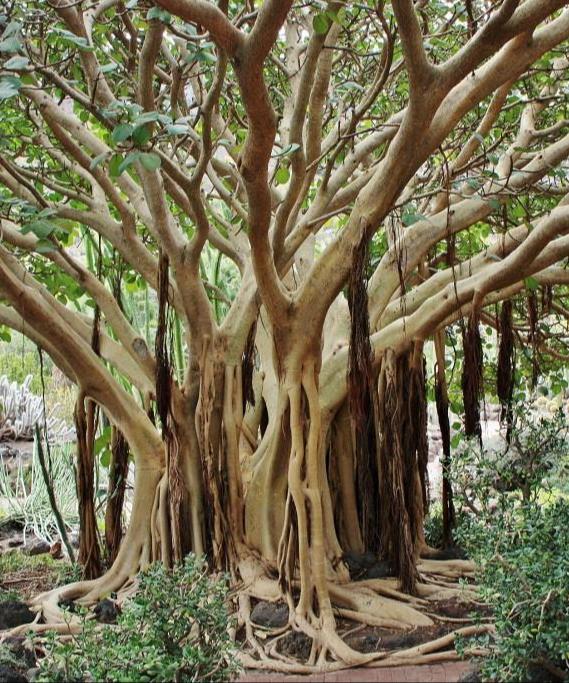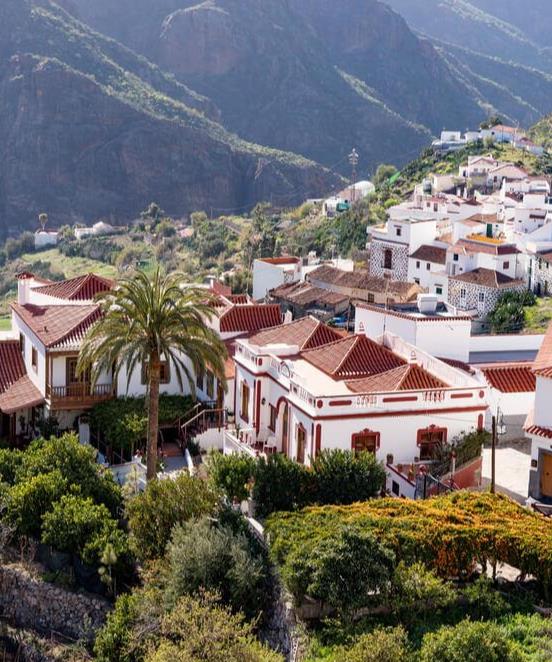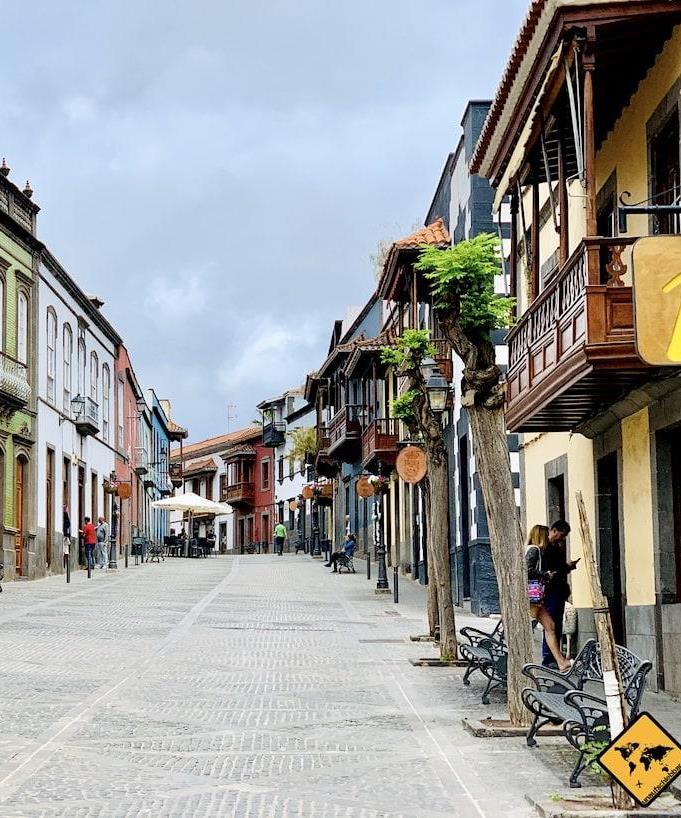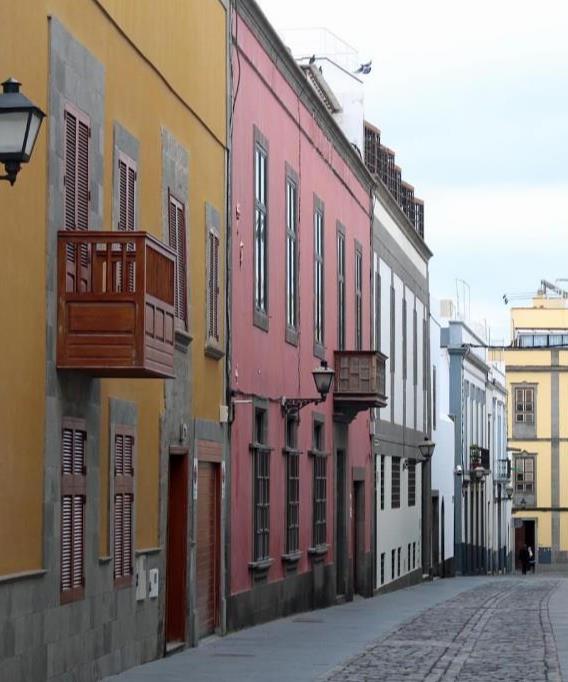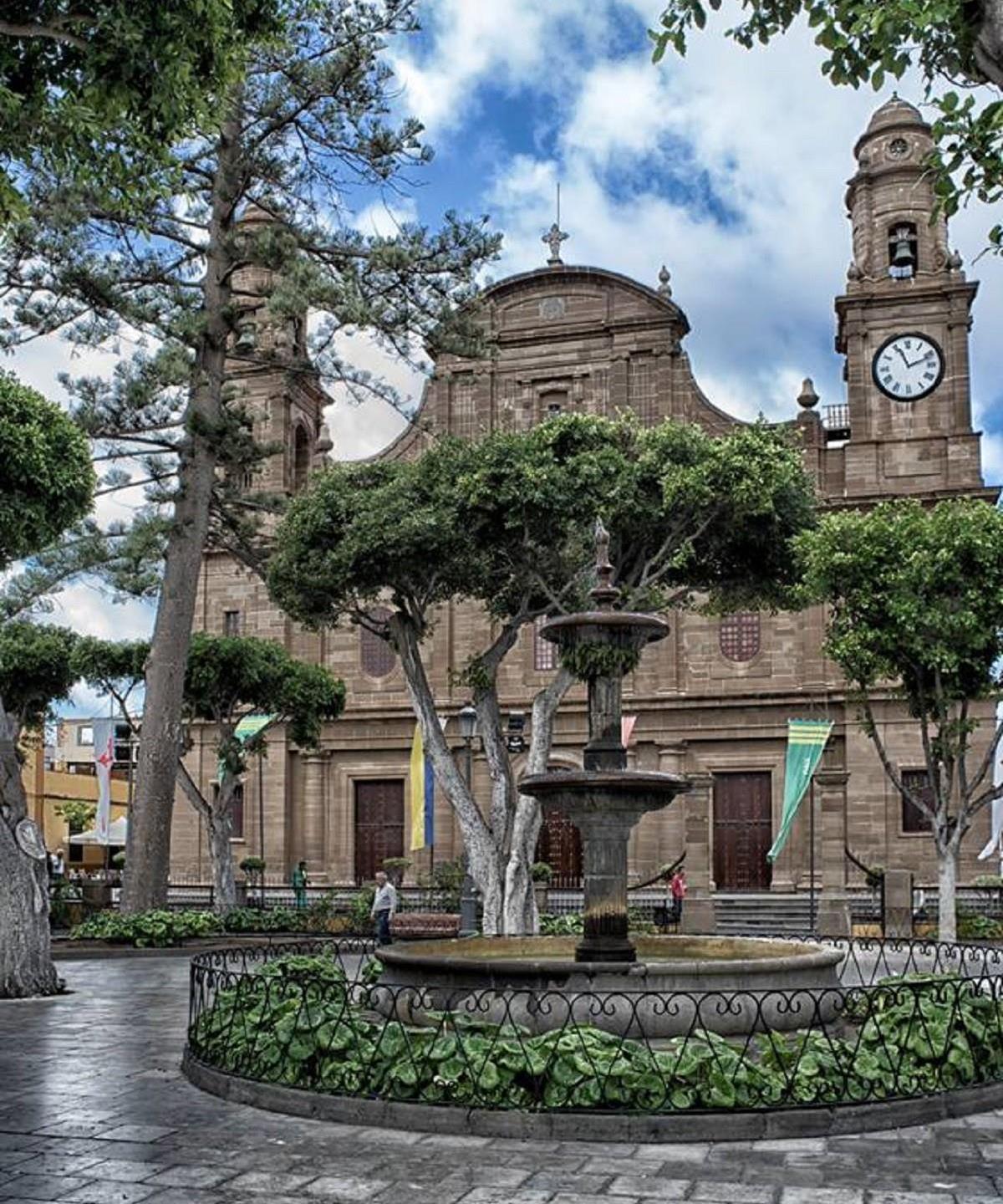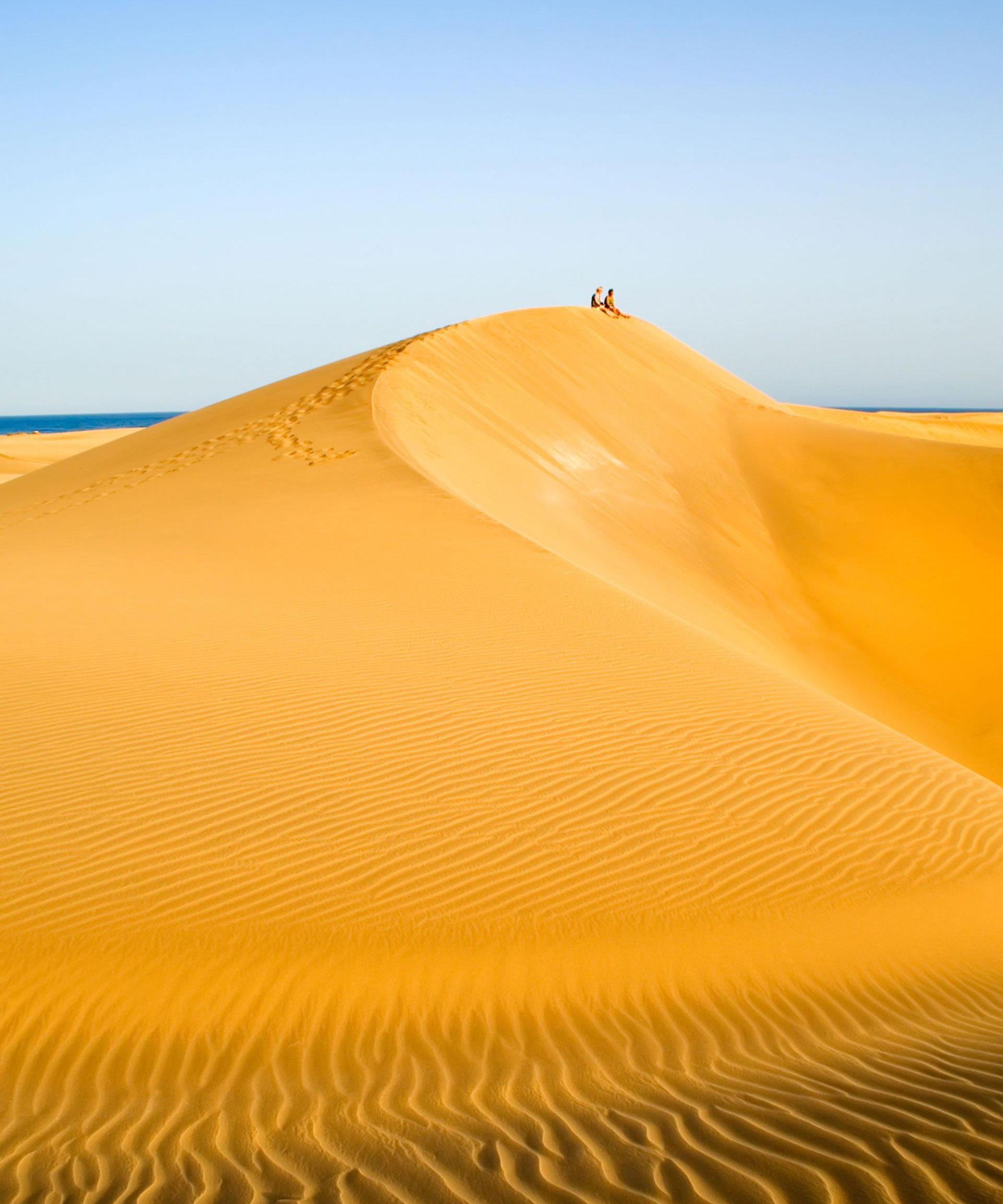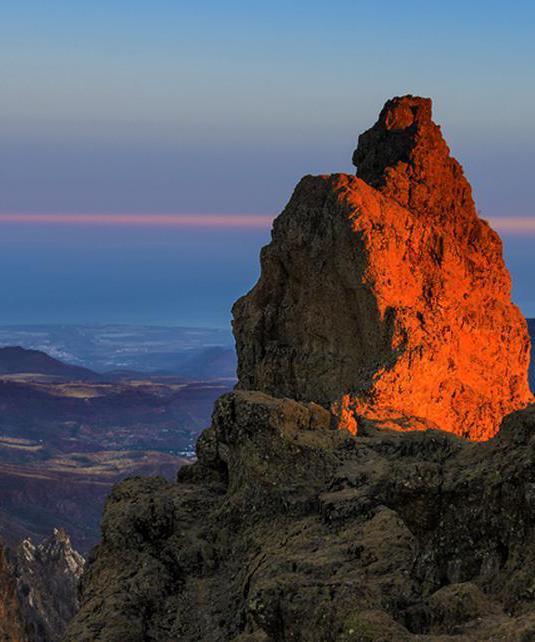The Top 10 most beautiful sights in Gran Canaria:
Gran Canaria is one of the most popular travel destinations for a sun-drenched holiday. The Canary Islands are located near Morocco and are blessed with a pleasant subtropical climate.
In Gran Canaria you can completely relax on long fine sandy beaches and cool off in the Atlantic Ocean, but there is much more to see and experience.
We have put together a Top 10 of the most important sights and the best excursions in a row below, but there is much more to experience beyond this list.

